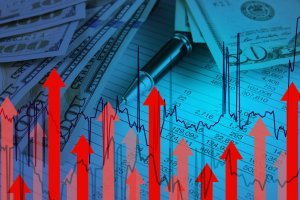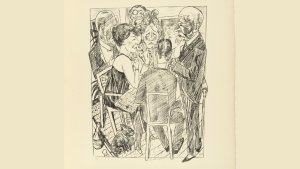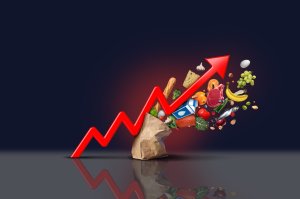The current paper returns to the key questions of wages and incomes and how wealth effects cripple reliance on interest rates to control inflation.
The wafer-thin poll margins separating President Joe Biden and Donald Trump have surprised and baffled many analysts. This paper attempts no analysis of the election itself. It focuses instead on a clinical assessment of its macroeconomic context. Building on previous work, this paper looks first at inflation’s overall effect on real wages and salaries. It then considers claims advanced by Autor, Dube and McGrew (2023) and others about wages of the lowest paid workers. Real wages for most American workers have declined substantially under inflation. We observe no sign of a radical transformation of the U.S. labor market in favor of the lowest-paid workers. The (modest) increase in real hourly wages of the bottom 10% of U.S. workers during 2021-2023 owed little to any policy change or declining monopsony power: It was a unique case of wages rising to subsistence levels as COVID exponentially multiplied risks of working at what had previously been relatively safe jobs at the bottom of the wage distribution.
The paper then analyzes inflation’s persistence in the face of substantial increases in interest rates. We document the wealth gains made by the richest 10% of U.S. households during 2020-2023. These wealth gains, which have no peacetime precedents, enabled the richest American households to step up consumption, even when their real incomes were falling. Empirically plausible estimations of the wealth effect on the consumption of the super-rich show that the wealth effect can account for all of the increase in aggregate consumption spending above its longer-term trend during 2021Q1-2023Q4. Importantly, the lopsided inequality in wealth makes controlling top heavy consumption spending by raising interest rates much harder for the Federal Reserve, without interest rate increases that would bring the rest of the economy to its knees much earlier. We also show that the persistence of inflation in several key service sectors is heavily influenced by captive regulators – a condition that higher interest rates cannot remedy.




